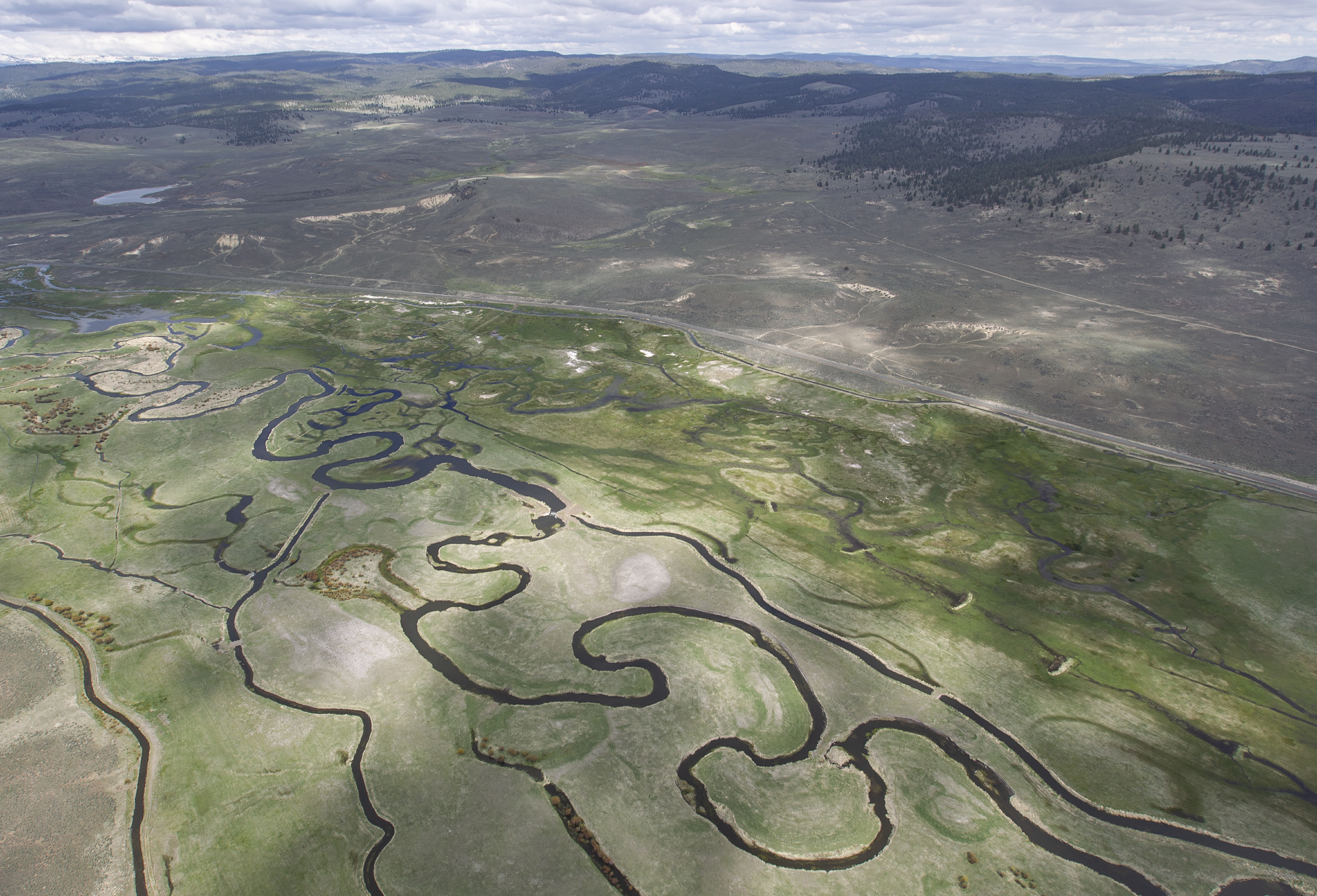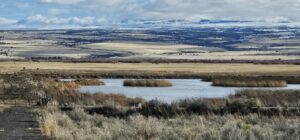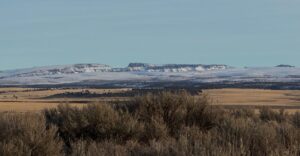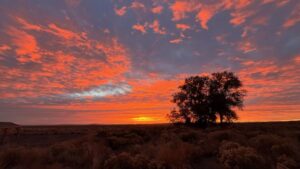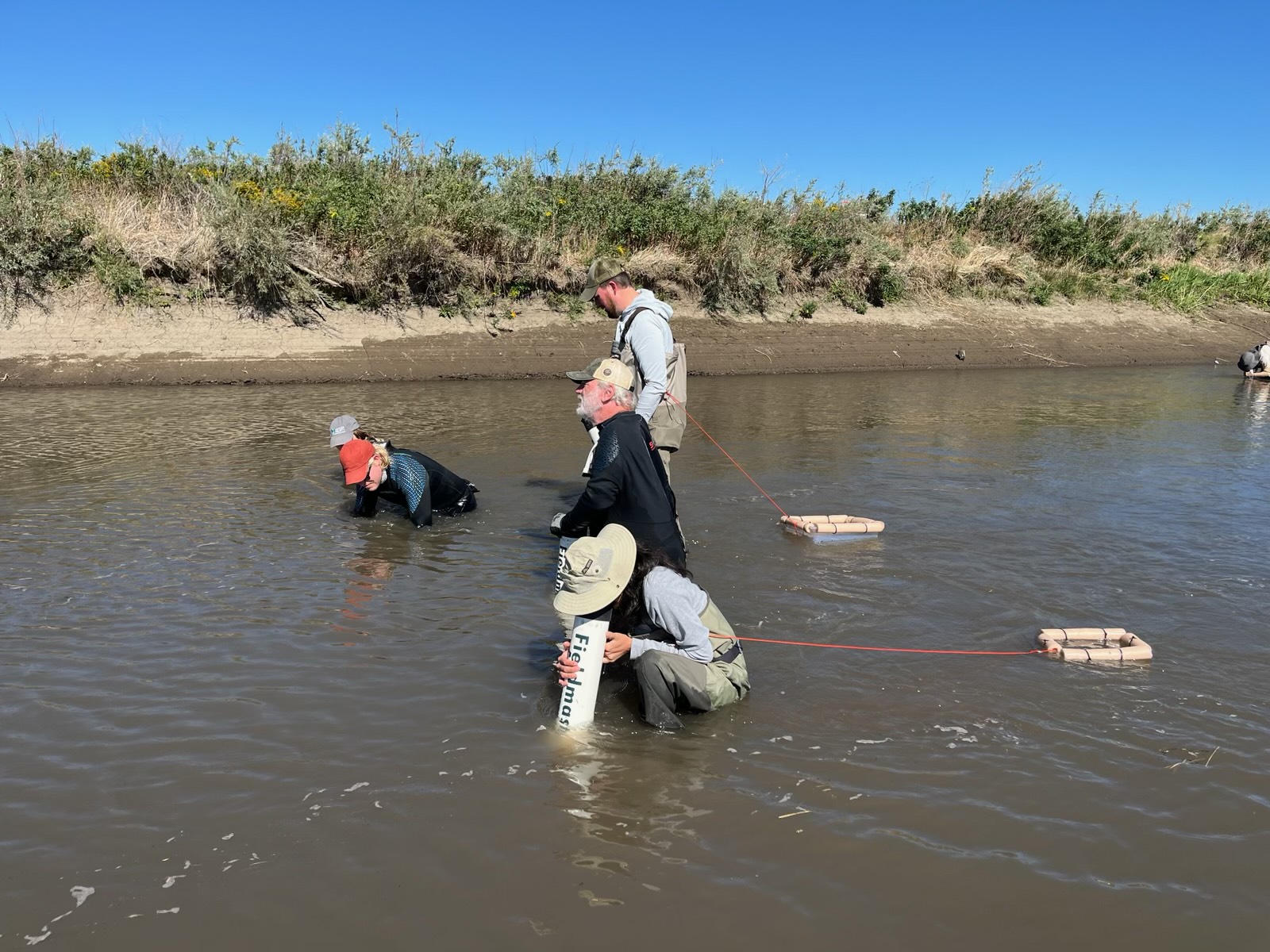Written by Peter Pearsall/Photo by Peter Pearsall
Federal resource managers are increasingly embracing a forward-thinking framework to confront the challenges posed by climate change. Recognizing that climate change will continue to threaten ecosystems now and into the future, federal resource management agencies have proposed the Resist-Accept-Direct (RAD) framework, signaling a paradigm shift in conservation strategies.
The RAD framework, developed collaboratively by prominent agencies including the U.S. Fish and Wildlife Service, National Park Service, and U.S. Forest Service, offers a nuanced approach to wildlife management in the face of rapid environmental transformations. Instead of focusing primarily on restoring habitats to historical conditions, the RAD framework prioritizes adaptation to future landscapes.
At its core, the framework offers three distinct pathways for conservationists to consider: Resist, Accept, and Direct.
Under the Resist approach, managers adhere to traditional conservation methods, striving to counteract environmental changes and restore habitats and populations to baseline conditions. This approach echoes the longstanding practices of resource management but acknowledges the limitations imposed by climate change.
“At the south end of the Malheur Refuge, near P Ranch, lies some of our best wet and dry meadow habitat, used by cranes as well as bobolinks and lots of other migratory passerines,” said Travis Miller, MNWR Ecologist. “The plant community there is diverse and includes both native and non-native species. One example of applying the ‘resist’ approach is our proposed treatment of smooth brome, an aggressive non-native perennial grass introduced to North America in the late 1800s for agricultural use. Within the last decade this invasive species has rapidly expanded in this part of the Refuge, raising a heightened level of concern by its impact to dry meadow habitat quality. While it is a long-established species that threatens dry meadow habitats by outcompeting our desirable plant species, its current distribution is such that herbicide treatment remains a viable method of controlling its spread.”
In contrast, the Accept pathway advocates for a hands-off approach, allowing ecosystems to undergo natural transitions without intervention. While this approach may entail the loss of certain species and habitats, it recognizes the inevitability of change and the emergence of new ecological configurations.
For example, the dense, near monoculture stands of reed canary grass along stretches of the Blitzen River riparian areas and thousands of acres of flood irrigated wet meadows within the Refuge may represent an instance where Refuge managers “accept” the ecological shifts caused by this notoriously invasive, difficult-to-control species.
Perhaps most innovative is the Direct approach, which empowers managers to integrate future projections of landscapes and proactively steer transformations towards outcomes that support biodiversity and ecosystem services. By embracing forward-looking strategies, conservationists aim to mitigate impacts (from climate change, invasive species, etc.) while fostering resilient ecosystems.
“As the climate changes, which species are best adapted to the shifting conditions? If you’re a land manager and you have limited time and resources, you’re in a race—the invasives are always one step ahead of you. You don’t often get second chances,” said Miller. “So, for example a habitat rehabilitation project, do you go with species that are perhaps less desirable—say, a non-native like crested wheatgrass—but that has a much higher probability of success to establish, or do you go with what we all wish to for, native species, but unfortunately those often have a low probability of success in some circumstances, in which case failure most often leads to what you are combatting to begin with the least desirable outcome of invasive weeds such as cheatgrass and/or medusahead rye? Currently I am facing a rehabilitation project to treat a large area of smooth brome monoculture in the Island Field on the Refuge that not too long ago was once made up of a suite of native grasses, sedges, and forbs. My greatest challenge in this project will be to reestablish a desirable number of native species following the removal of the invasive grass. These are difficult decisions we are faced with.”
The introduction of the RAD framework marks a significant departure from conventional conservation practices, signaling a recognition of the urgent need for adaptive strategies in the face of climate change. However, its implementation does not exempt resource managers from difficult decisions. As climate change continues to influence ecosystems, resource managers are tasked with shaping the future of conservation or risk being passive bystanders to what are known as ecological transformations: when habitats and the communities of plants and animals that depend on them shift from one state to another.
“For me, the RAD framework helps to clearly define the challenges that we’re facing. As land managers, it gives us a lens to view the world that we’re dealing with. We’re managing habitat and providing opportunities for various species, whether migratory or year-round residents. That’s a big challenge—defining habitat quality. And that’s what sets our conservation objectives, the determination of habitat quality, by its structure, function, and processes,” said Miller. “As an ecologist, I’m paying particular attention to the plant communities. The plants are telling you a story about climatic conditions, soils, hydrology, and stressors that can be caused by our management practices, such as extended duration of flood irrigation in wet meadow habitats and improper livestock grazing in timing and rest of certain plant species. Plants are direct evidence of what’s going on in the ecosystem.”

